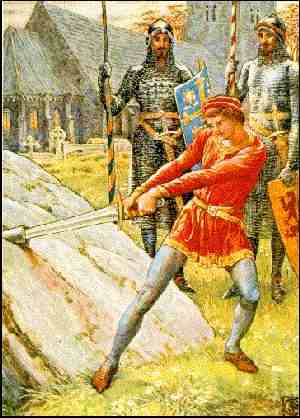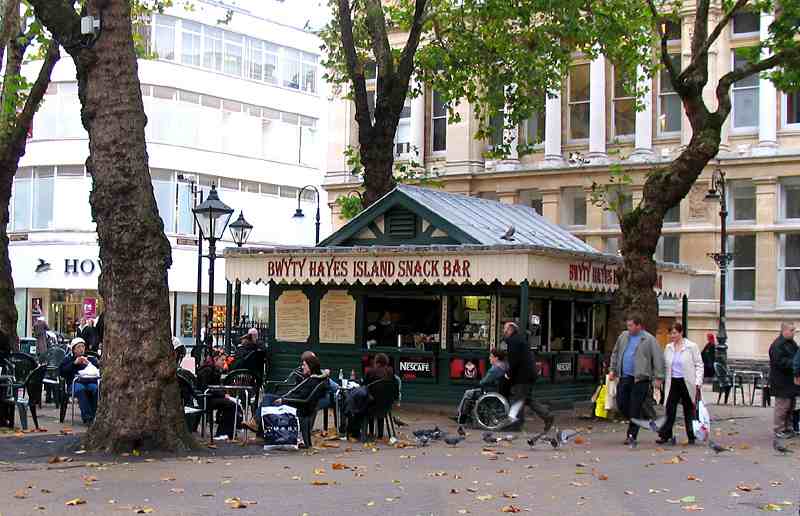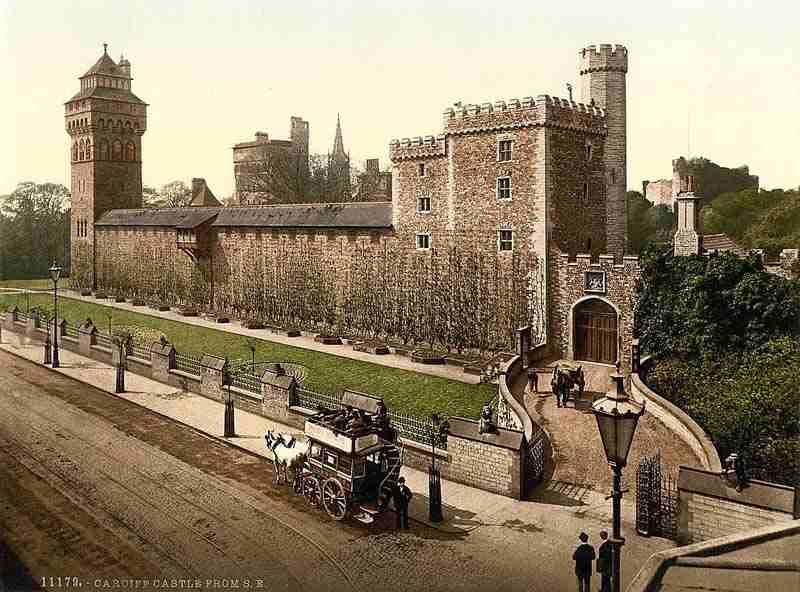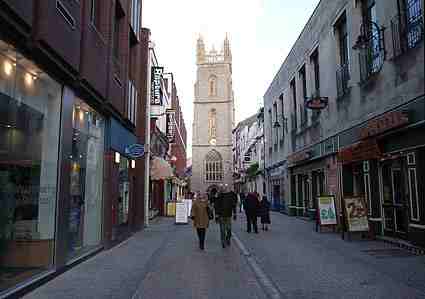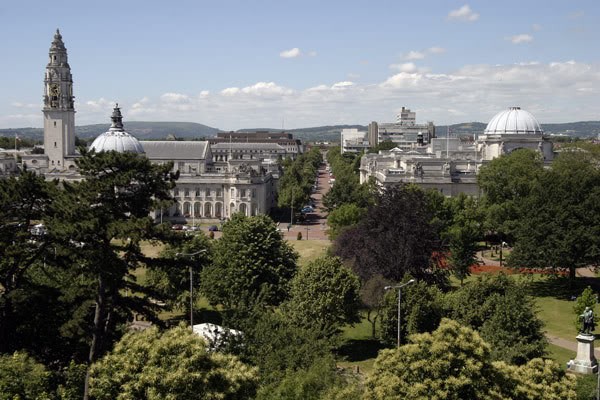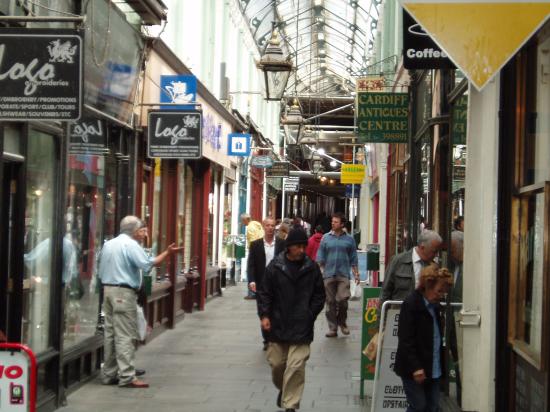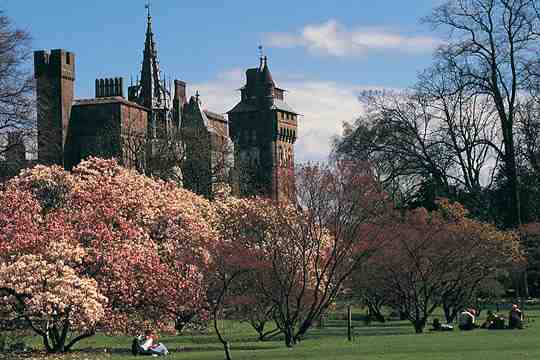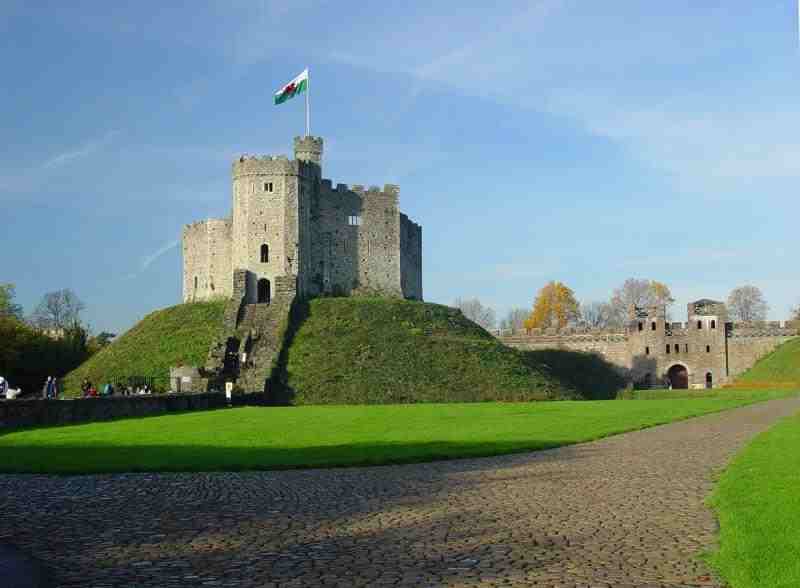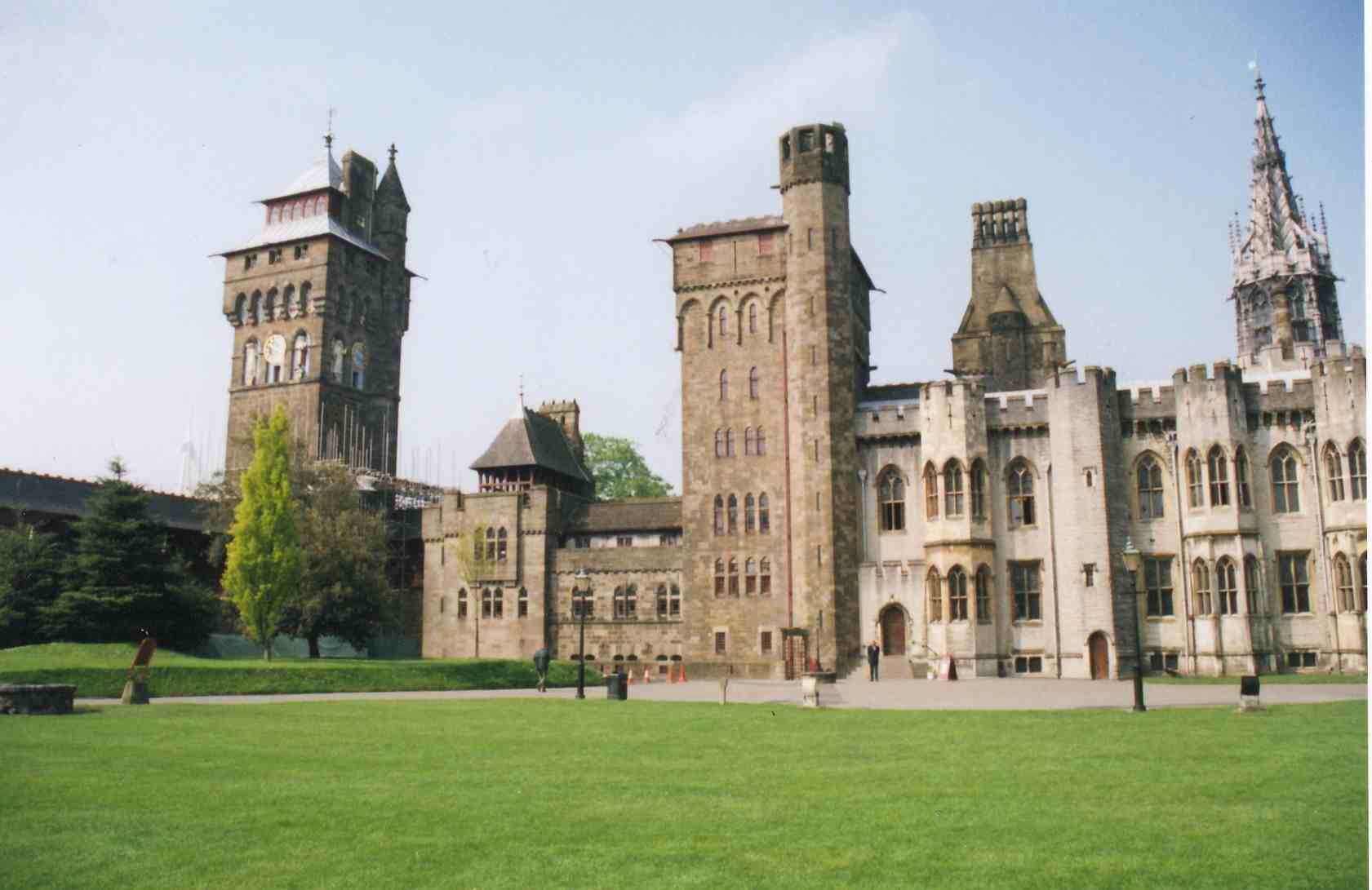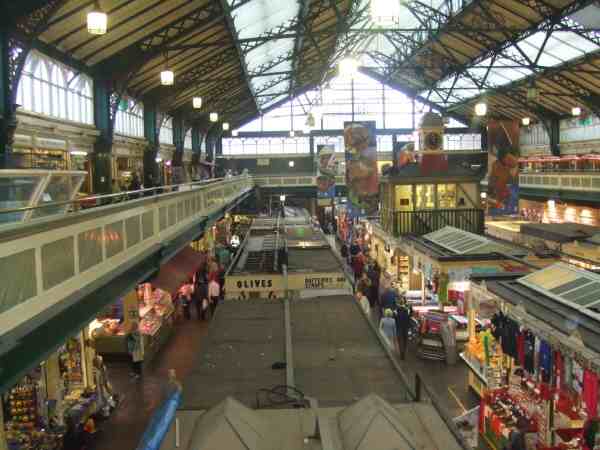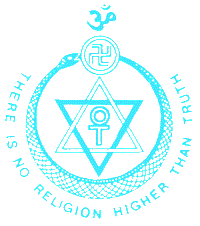Writings of H P Blavatsky
Theosophy House
206 Newport Road, Cardiff, Wales, UK. CF24
-1DL
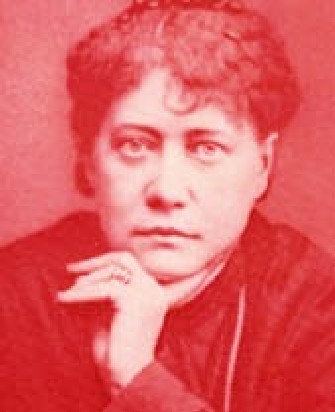
Helena Petrovna
Blavatsky (1831 – 1891)
The Founder of
Modern Theosophy
Fakirs and Tables
By
H P Blavatsky
[From the
HOWEVER ignorant I may be of the laws of the solar system, I am at all
events so firm a believer in heliocentric journalism that I subscribe some
remarks for The Sun upon my "iconoclasm."
No doubt it is a great honour for an unpretending foreigner to be thus
crucified between the two greatest celebrities of your chivalrous country—the
truly good Deacon Richard Smith, of the blue gauze trousers, and the
nightingale of the willow and the cypress, G. Washington Childs, A. M. But I am
not a Hindu Fakir, and therefore can not say that I enjoy crucifixion,
especially when unmerited. I do not even fancy being swung round the "tall
tower" with the steel hooks of your satire metaphorically thrust through
my back. I have not invited the reporters to a show. I have not sought
notoriety. I have only taken up a quiet corner in your free country, and, as a
woman who has travelled much, shall try to tell a Western public the strange
things I have seen among Eastern peoples. If I could have enjoyed this
privilege at home I should not be here. Being here, I shall, as your old
English proverb expresses it, "Tell the truth and shame the devil."
The World reporter who visited me wrote an article which mingled his
souvenirs of my stuffed apes and my canaries, my tiger-heads and palms, with
aerial music and the flitting doppelgängers of Adepts. It was a very
interesting article and was certainly intended to be very impartial. If I
appear in it to deny the immutability of natural law, and inferentially to
affirm the possibility of miracle, it is either due to my faulty English or to
the carelessness of the reader.
There are no such uncompromising believers in the immutability and
universality of the laws of Nature as students of Occultism. Let us then, with
your permission, leave the shade of the great
If but once in a hundred years a table or a Fakir is seen to rise in the
air, without a visible mechanical cause, then that rising is a manifestation of
a natural law of which our scientists are as yet ignorant. Christians believe
in miracles; Occultists credit them even less than pious scientists, Sir David
Brewster, for instance. Show an Occultist an unfamiliar phenomenon, and he will
never affirm a priori that it is either a trick or a miracle. He will search
for the cause in the reason of causes.
There was an anecdote about Babinet, the astronomer, current in Paris in
1854, when the great war was raging between the Academy and the "waltzing
tables." This sceptical man of science had proclaimed in the Revue des
Deux Mondes (January, 1854, p. 414) that the levitation of furniture without
contact "was simply as impossible as perpetual motion." A few days
later, during an experimental séance, a table was levitated without contact in
his presence. The result was that Babinet went straight to a dentist to have a
molar tooth extracted, which the iconoclastic table in its aërial flight had
seriously damaged. But it was too late to recall his article.
I suppose nine men out of ten, including editors, would maintain that
the undulatory theory of light is one of the most firmly established. And yet
if you will turn to page 22 of The New Chemistry, by Prof. Josiah P. Cooke,
Jr., of Harvard University (New York, 1876), you will find him saying:
I cannot agree with those who regard the wave-theory of light as an
established principle of science. . . . It requires a combination of qualities
in the ether of space which I find it difficult to believe are actually realized.
What is this but iconoclasm?
Let us bear in mind that Newton himself accepted the corpuscular theory
of Pythagoras and his predecessors, from whom he learned it, and that it was
only en désespoir de cause that later scientists accepted the wave theory of
Descartes and Huyghens. Kepler maintained the magnetic nature of the sun.
Leibnitz ascribed the planetary motions to agitations of an ether. Borelli
anticipated Newton in his discovery, although he failed to demonstrate it as
triumphantly. Huyghens and Boyle, Horrocks and Hooke, Halley and Wren, all had
ideas of a central force acting toward the sun, and of the true principle of
diminution of action of the force in the ratio of the inverse square of the
distance. The last word has not yet been spoken with respect to gravitation;
its limitations can never be known until the nature of the sun is better
understood.
They are just beginning to recognize—see Prof. Balfour Stewart’s lecture
at Manchester, entitled, The Sun and the Earth, and Prof. A. M. Mayer’s
lecture, The Earth a Great Magnet—the intimate connection between the sun’s
spots and the position of the heavenly bodies. The interplanetary magnetic
attractions are but just being demonstrated. Until gravitation is understood to
be simply magnetic attraction and repulsion, and the part played by magnetism
itself in the endless correlations of forces in the ether of space—that
"hypothetical medium," as Webster terms it—is better grasped, I
maintain that it is neither fair nor wise to deny the levitation of either
Fakir or table. Bodies oppositely electrified attract each other; similarly
electrified they repulse each other. Admit, therefore, that any body having
weight, whether man or inanimate object, can by any cause whatever, external or
internal, be given the same polarity as the spot on which it stands, and what
is to prevent its rising?
Before charging me with falsehood when I affirm that I have seen both
men and objects levitated, you must first dispose of the abundant testimony of
persons far better known than my humble self. Mr. Crookes, Prof. Thury of
Geneva, Louis Jacolliot, your own Dr. Gray and Dr. Warner, and hundreds of
others, have, first and last, certified the fact of levitation.
I am surprised to find how little even the editors of your erudite
contemporary, The World, are acquainted with Oriental metaphysics in general,
and the trousers of the Hindû Fakirs in particular. It was bad enough to make
those holy mendicants of the religion of Brahmâ graduate from the Buddhist
Lamaseries of Tibet; but it is unpardonable to make them wear baggy breeches in
the exercise of their religious functions.
This is as bad as if a Hindû journalist had represented the Rev. Mr.
Beecher entering his pulpit in the scant costume of the Fakir—the dhoti, a
cloth about the loins, "only that and nothing more." To account,
therefore, for the oft-witnessed, open-air levitations of the Swamis and Gurus
upon the theory of an iron frame concealed beneath the clothing, is as
reasonable as Monsieur Babinet’s explanation of the table-tipping and tapping
as unconscious ventriloquism.
You may object to the act of disembowelling, which I am compelled to
affirm I have seen performed. It is as you say, "remarkable," but still
not miraculous. Your suggestion that Dr. Hammond should go and see it is a good
one. Science would be the gainer, and your humble correspondent be justified.
Are you, however, in a position to guarantee that he would furnish the world of
sceptics with an example of "veracious reporting," if his observation
should tend to overthrow the pet theories of what we loosely call science?
Yours very respectfully,
H. P. BLAVATSKY.
New York, March 28th, 1877.
______________________
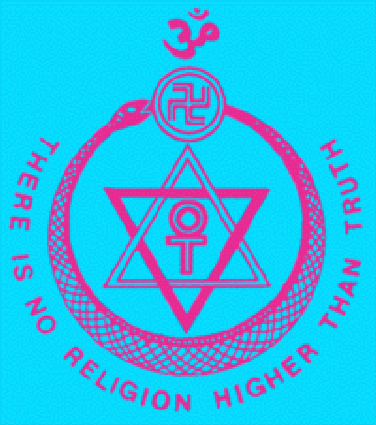
Cardiff Theosophical Society in
Theosophy House
206 Newport Road, Cardiff, Wales, UK. CF24
-1DL
Find
out more about
Theosophy
with these links
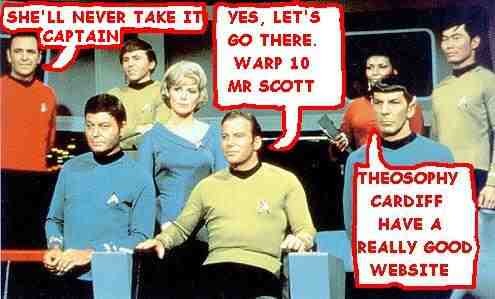
The Cardiff Theosophical Society Website
The
National Wales Theosophy Website
If you run a Theosophy Group, please feel free
to use any of the material on this site
The Most Basic Theosophy
Website in the Universe
A quick overview of Theosophy
and the Theosophical Society
If you run a Theosophy Group you
can use this as an introductory handout.
Theosophy Cardiff’s Instant Guide
One liners and quick explanations
H P Blavatsky is
usually the only
Theosophist that
most people have ever
heard of. Let’s
put that right
The Voice of the Silence Website
An Independent Theosophical Republic
Links to Free Online Theosophy
Study Resources; Courses, Writings,
The main criteria
for the inclusion of
links on this
site is that they have some
relationship
(however tenuous) to Theosophy
and are lightweight,
amusing or entertaining.
Topics include
Quantum Theory and Socks,
Dick Dastardly and Legendary Blues Singers.
A selection of
articles on Reincarnation
Provided in
response to the large
number of
enquiries we receive at
Cardiff
Theosophical Society on this subject
The Voice of the Silence Website
This is for
everyone, you don’t have to live
in Wales to make
good use of this Website
No Aardvarks were harmed in the
The Spiritual Home of Urban Theosophy
The Earth Base for Evolutionary Theosophy
A B C D EFG H IJ KL M N OP QR S T UV WXYZ
Complete Theosophical Glossary in Plain Text Format
1.22MB
________________
Preface
Theosophy and the Masters General Principles
The Earth Chain Body and Astral Body Kama – Desire
Manas Of Reincarnation Reincarnation Continued
Karma Kama Loka
Devachan
Cycles
Arguments Supporting Reincarnation
Differentiation Of Species Missing Links
Psychic Laws, Forces, and Phenomena
Psychic Phenomena and Spiritualism
Quick Explanations with Links to More Detailed Info
What is Theosophy ? Theosophy Defined (More Detail)
Three Fundamental Propositions Key Concepts of Theosophy
Cosmogenesis Anthropogenesis Root Races
Ascended Masters After Death States
The Seven Principles of Man Karma
Reincarnation Helena Petrovna Blavatsky
Colonel Henry Steel Olcott William Quan Judge
The Start of the Theosophical
Society
History of the Theosophical
Society
Theosophical Society Presidents
History of the Theosophical
Society in Wales
The Three Objectives of the
Theosophical Society
Explanation of the Theosophical
Society Emblem
The Theosophical Order of
Service (TOS)
Glossaries of Theosophical Terms
Index of Searchable
Full Text Versions of
Definitive
Theosophical Works
H P Blavatsky’s Secret Doctrine
Isis Unveiled by H P Blavatsky
H P Blavatsky’s Esoteric Glossary
Mahatma Letters to A P Sinnett 1 - 25
A Modern Revival of Ancient Wisdom
(Selection of Articles by H P Blavatsky)
The Secret Doctrine – Volume 3
A compilation of H P Blavatsky’s
writings published after her death
Esoteric Christianity or the Lesser Mysteries
The Early Teachings of The Masters
A Collection of Fugitive Fragments
Fundamentals of the Esoteric Philosophy
Mystical,
Philosophical, Theosophical, Historical
and Scientific
Essays Selected from "The Theosophist"
Edited by George Robert Stow Mead
From Talks on the Path of Occultism - Vol. II
In the Twilight”
Series of Articles
The In the
Twilight” series appeared during
1898 in The
Theosophical Review and
from 1909-1913 in The Theosophist.
compiled from
information supplied by
her relatives and friends and edited by A P Sinnett
Letters and
Talks on Theosophy and the Theosophical Life
Obras Teosoficas En Espanol
Theosophische Schriften Auf Deutsch
An Outstanding
Introduction to Theosophy
By a student of
Katherine Tingley
Elementary Theosophy Who is the Man? Body and Soul
Body, Soul and Spirit Reincarnation Karma
Guide to the
Theosophy Wales King Arthur Pages
Arthur draws the Sword from the Stone
The Knights of The Round Table
The Roman Amphitheatre at Caerleon,
Eamont Bridge, Nr Penrith, Cumbria, England.
Geoffrey of Monmouth
(History of the Kings of Britain)
The reliabilty of this work has long been a subject of
debate but it is the first definitive account of Arthur’s
Reign
and one which puts Arthur in a historcal context.
and his version’s political agenda
According to Geoffrey of Monmouth
The first written mention of Arthur as a heroic figure
The British leader who fought twelve battles
King Arthur’s ninth victory at
The Battle of the City of the Legion
King Arthur ambushes an advancing Saxon
army then defeats them at Liddington Castle,
Badbury, Near Swindon, Wiltshire, England.
King Arthur’s twelfth and last victory against the Saxons
Traditionally Arthur’s last battle in which he was
mortally wounded although his side went on to win
No contemporary writings or accounts of his life
but he is placed 50 to 100 years after the accepted
King Arthur period. He refers to Arthur in his inspiring
poems but the earliest written record of these dates
from over three hundred years after Taliesin’s death.
Pendragon Castle
Mallerstang Valley, Nr Kirkby Stephen,
A 12th Century Norman ruin on the site of what is
reputed to have been a stronghold of Uther Pendragon
From
wise child with no earthly father to
Megastar
of Arthurian Legend
History of the Kings of Britain
Drawn from the Stone or received from the Lady of the Lake.
Sir Thomas Malory’s Le Morte d’Arthur has both versions
with both swords called Excalibur. Other versions
5th & 6th Century Timeline of Britain
From the departure of the Romans from
Britain to the establishment of sizeable
Anglo-Saxon Kingdoms
Glossary of
Arthur’s uncle:- The puppet ruler of the Britons
controlled and eventually killed by Vortigern
Amesbury, Wiltshire, England. Circa 450CE
An alleged massacre of Celtic Nobility by the Saxons
History of the Kings of Britain
Athrwys / Arthrwys
King of Ergyng
Circa 618 - 655 CE
Latin: Artorius; English: Arthur
A warrior King born in Gwent and associated with
Caerleon, a possible Camelot. Although over 100 years
later that the accepted Arthur period, the exploits of
Athrwys may have contributed to the King Arthur Legend.
He became King of Ergyng, a kingdom between
Gwent and Brycheiniog (Brecon)
Angles under Ida seized the Celtic Kingdom of
Bernaccia in North East England in 547 CE forcing
Although much later than the accepted King Arthur
period, the events of Morgan Bulc’s 50 year campaign
to regain his kingdom may have contributed to
Old Welsh: Guorthigirn;
Anglo-Saxon: Wyrtgeorn;
Breton: Gurthiern; Modern Welsh; Gwrtheyrn;
*********************************
An earlier ruler than King Arthur and not a heroic figure.
He is credited with policies that weakened Celtic Britain
to a point from which it never recovered.
Although there are no contemporary accounts of
his rule, there is more written evidence for his
existence than of King Arthur.
How Sir Lancelot slew two giants,
From Sir Thomas Malory’s Le Morte d’Arthur
How Sir Lancelot rode disguised
in Sir Kay's harness, and how he
From Sir Thomas Malory’s Le Morte d’Arthur
How Sir Lancelot jousted against
four knights of the Round Table,
From Sir Thomas Malory’s Le Morte d’Arthur
Try these if you are looking for a local
Theosophy Group or Centre
UK Listing of Theosophical Groups
Cardiff
Theosophical Society in Wales
Cardiff, Wales, UK. CF24 – 1DL
_____________________________
Cardiff Picture Gallery
Cardiff
Millennium Stadium
The Hayes Cafe
Outside Cardiff Castle Circa 1890
Church Street
Cardiff View
Royal
The Original
Norman Castle which stands inside
the Grounds of
the later
Inside the
Grounds at
Cardiff Street
Entertainment
Cardiff Indoor
Market
All
Wales Guide to Theosophy Instant Guide to
Theosophy
Theosophy
Wales Hornet Theosophy Wales Now
Cardiff
Theosophical Archive Elementary Theosophy
Basic
Theosophy Theosophy in Cardiff
Theosophy in Wales Hey Look! Theosophy in
Cardiff
Streetwise Theosophy Grand
Tour
Theosophy
Aardvark Theosophy
Starts Here
Theosophy 206 Biography of William Q Judge
Theosophy Cardiff’s Face Book of Great Theosophists
Theosophy Evolution Theosophy Generally Stated
Biography of Helena Petrovna
Blavatsky
Cardiff
Theosophical Society in Wales
